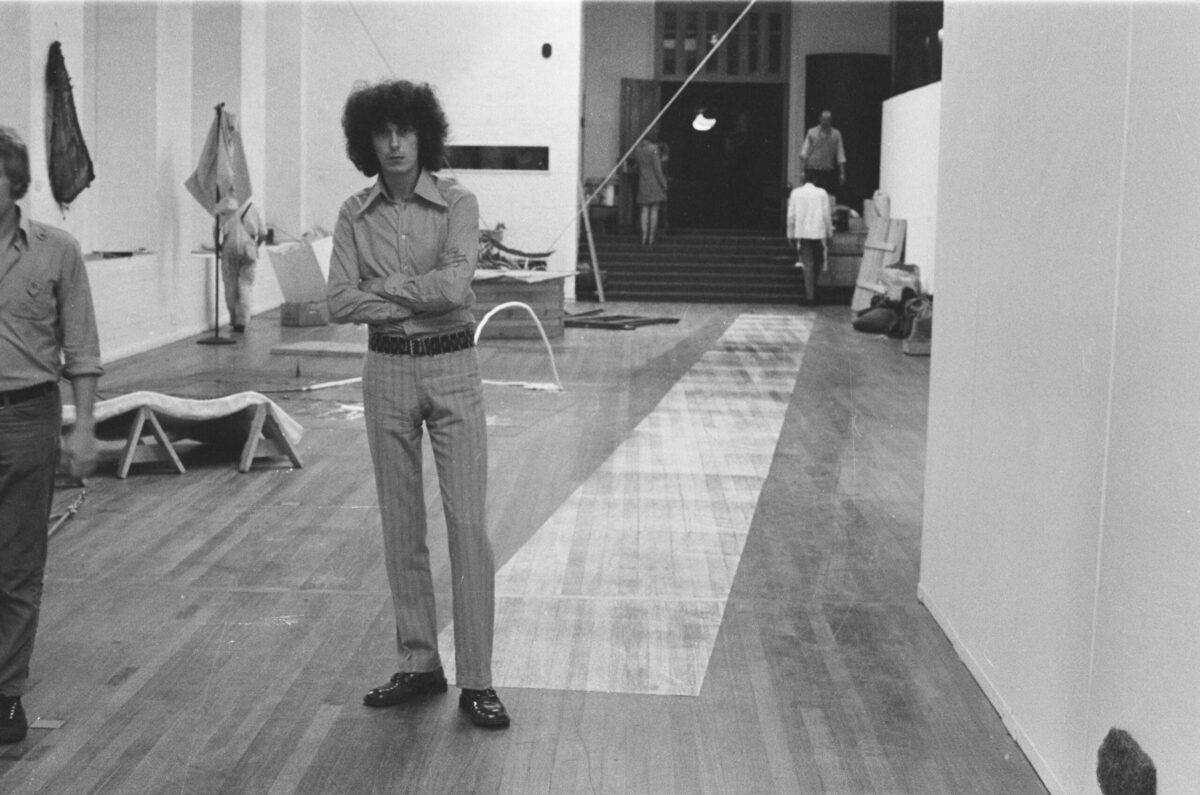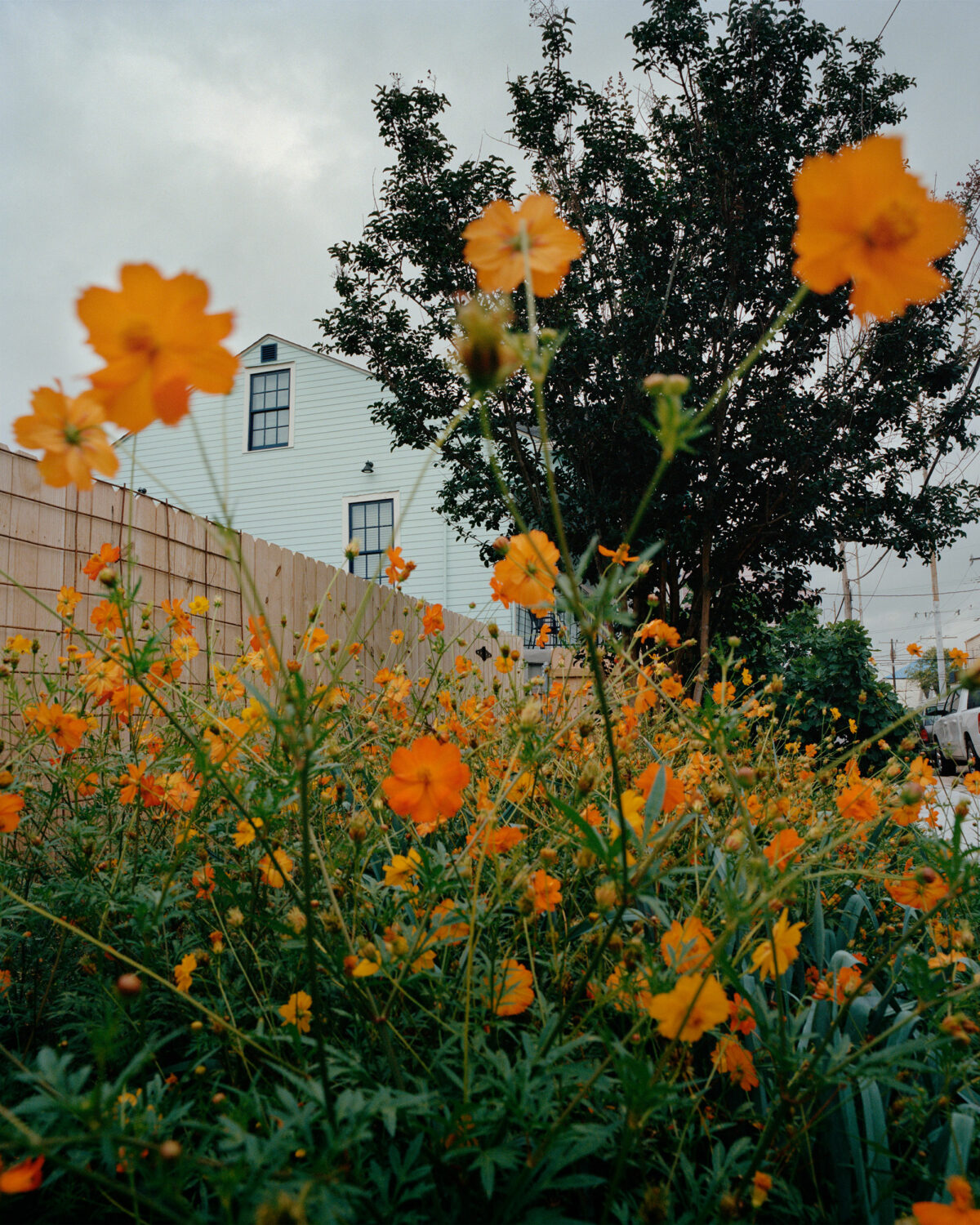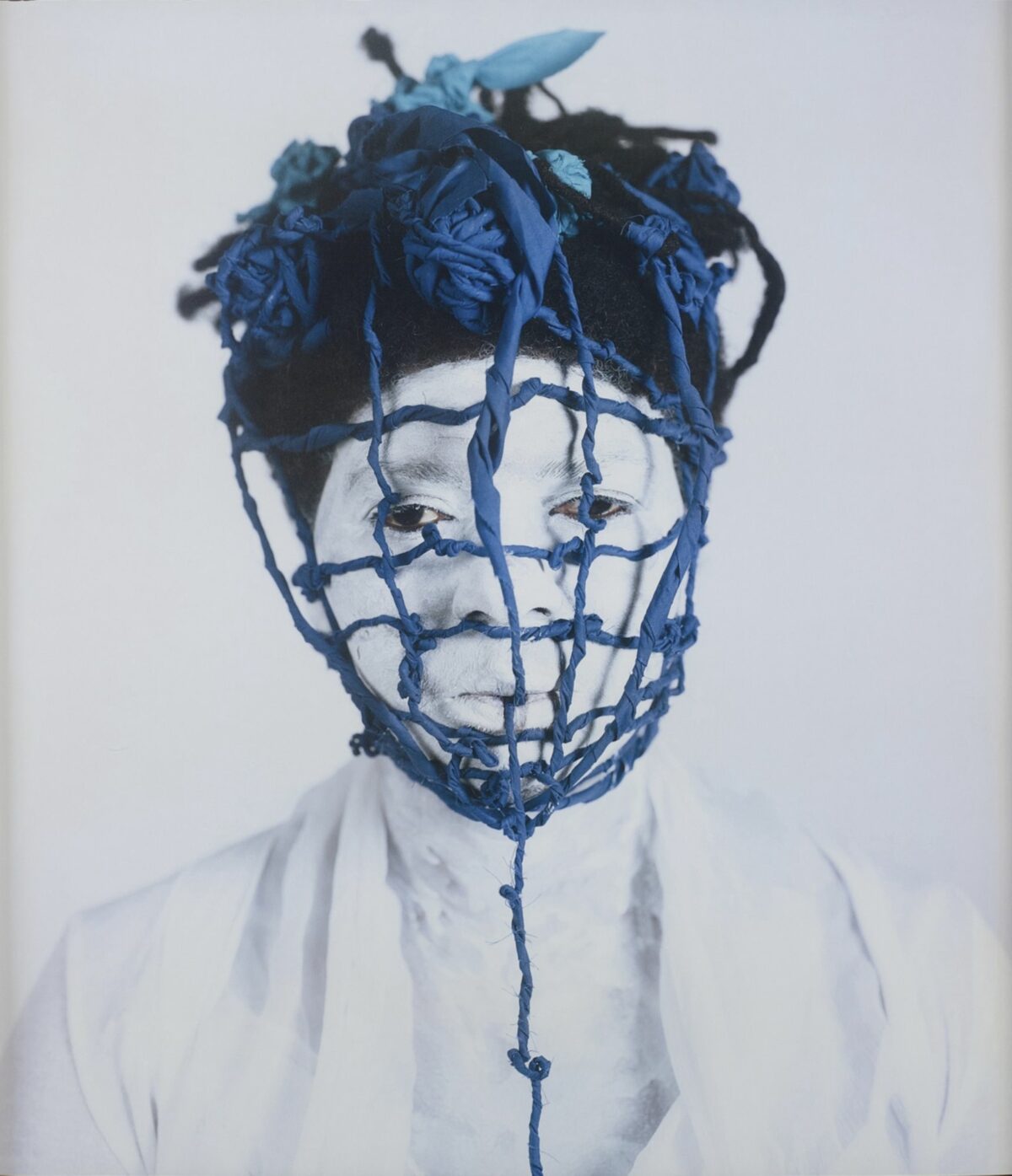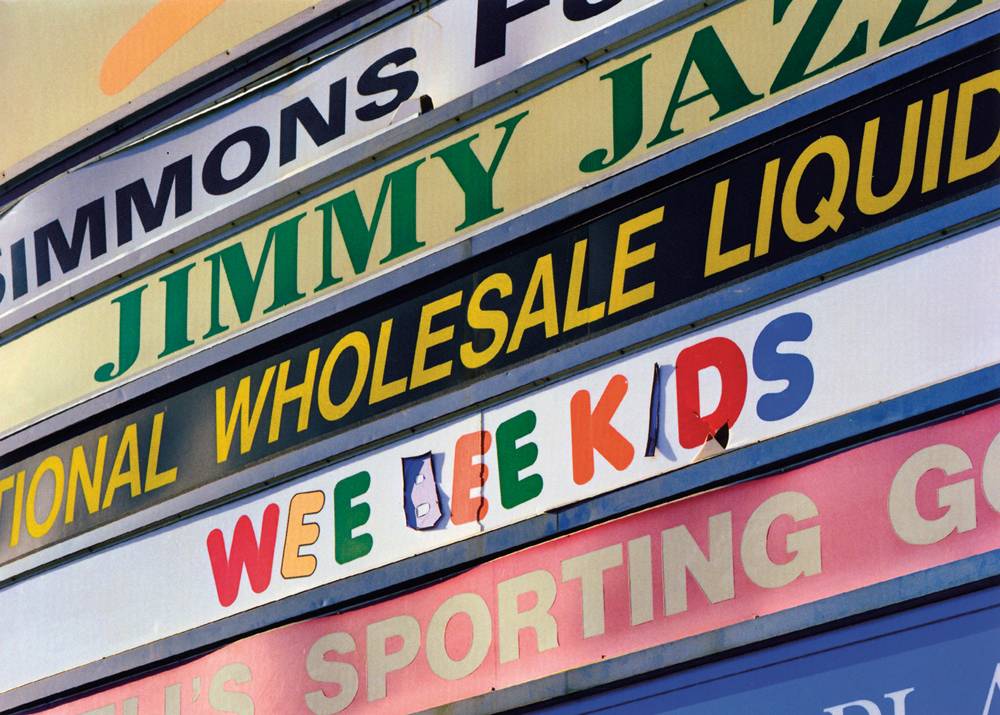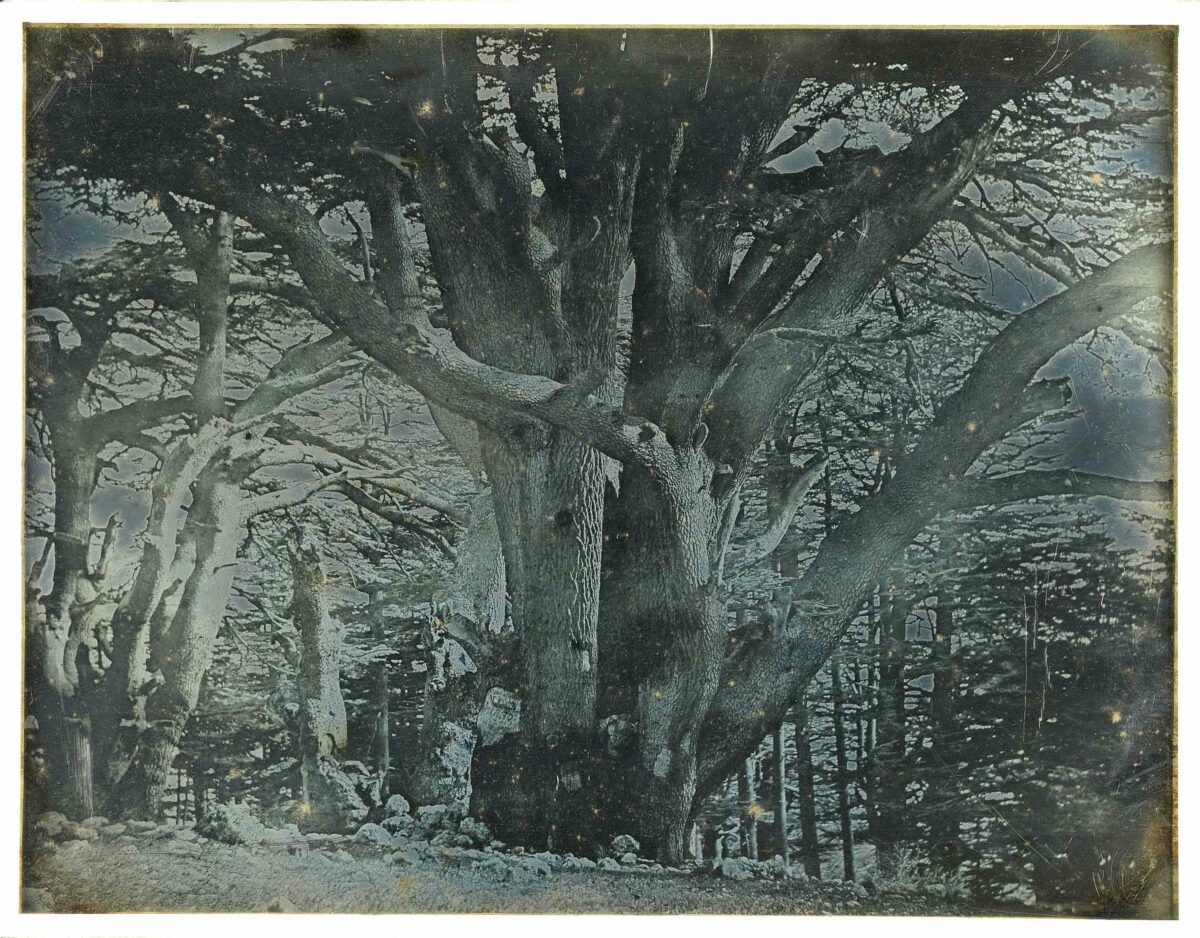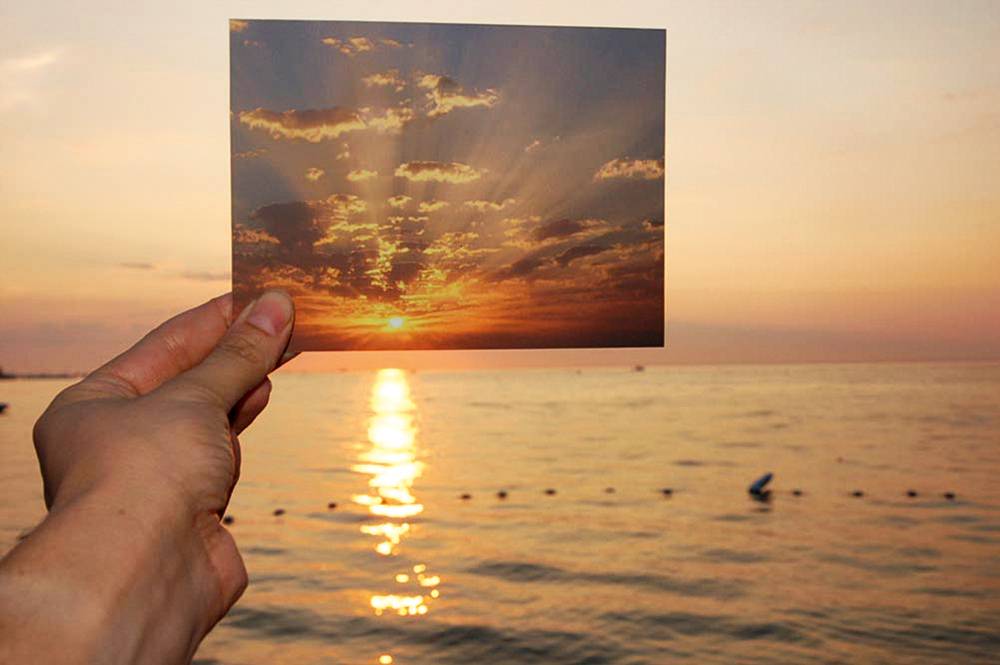Although relatively quiet of late, Twin Palms/Twelvetrees Press remains legendary among independent photo-book publishers for its early titles with George Platt Lynes, F. Holland Day, Wilhelm Von Gloeden, Bruce Weber, and others. Under the direction of Jack Woody, its books were models of sensitive design and meticulous printing; some of the best of them rescued and celebrated queer work that had been long overlooked. But with Weber as a fine example, Twin Palms has always been modern; its recent Winogrand Color book and earlier work with Mike Brodie have kept the press essential to the contemporary conversation. Its latest book, The Crick, by Jim Mangan, is both of-the-moment and a return to form. Bound in hunter-green, gold-detailed “leather,” with gold-tipped pages and an embossed portrait cameo on the cover, The Crick is presented as an instant classic. For anyone intoxicated by the myth of the American cowboy, it’s just that: a modern story with a timeless feel. Its subjects are a group of handsome, rugged young men born into polygamous families that broke off from the more modern and liberal Mormon church and settled along the border between Utah and Arizona. That community was torn apart when a man who had set himself up as its ruling prophet was convicted of sexually abusing minors and sent to prison. Boys, many of them half-brothers who had been banished under his rule, began drifting back but remained mostly outside and on their own, living a version of the Wild West at its most heedless and romantic. Mangan, who often shoots these guys as gorgeous, cinematic blurs in both color and black and white, is clearly smitten. But he also pulls back and gives us plenty of sweeping context, both in the forbidding, multi-bedroom houses they fled and the wide-open vistas they treat like movie sets. Imaginary heroes, swashbuckling dudes, they dress up in fringed leather in imitation of cowboys from another century. Set in a familiar space between fact and fiction, The Crick is a classic Western tale, suspended in time. What happens to these lost boys when their standoff between reverie and reality can no longer be sustained?


There’s no escaping reality in Bruce Gilden’s Haiti (Atelier EXB), a compilation of pictures without dates or captions, about half of which were previously included in a 1996 book on the same subject. Gilden’s photographs of passersby tend to be harsh and pitiless, but these are especially caustic. Wading into mobs of people, he’s greeted, more often than not, with alarm, suspicion, and anger verging on fury – much of it directed not necessarily at the photographer but at life itself. The only text here, a superb essay by the Haitian poet and novelist Louis-Philippe Dalembert, opens with a pained description that might have been written any time in the past decade: “In truth, a place in agony, where gangs have replaced the dictatorship in a macabre game; where the people, weary, now and then trade their martyr’s mantle for the blind vigilante’s robes…. This is how the foreigner sees this land. A crucible of disasters. His views and words twisting the knife in the wound.” In truth, Gilden, that foreigner, also sees a stubborn indomitability in the people he encounters – nothing like optimism, but defiance against all odds. Mostly because of all the conflicting emotions and issues involved, his Haiti work is among his best. Every face in a crowd is eloquent, and individuals are shockingly present. Not necessarily happy to be there, but determined to stand their ground.


Passing Time (Nazraeli), Sage Sohier’s eighth book since 2007, is a pandemic project. Looking back through her archive of contact sheets and negatives, she found more than 60 black-and-white pictures from the years between 1979 and 1985 that she wanted to look at again. Rescued here, they’re a mixed bag but the best of them reward our full attention. All of Sohier’s subjects are seen outside, in their front or back yards, in the street, or on their porches, and most of them are children or young people, just hanging out. Many of them are too conscious of the camera to truly relax, so there’s a level of performed spontaneity, both awkward and charming, to some of the work. One older married couple is seen by a railroad track with their arms full of bagged groceries. A group of girls have set up an impromptu hairdressing station in someone’s driveway. Elsewhere, a girl strikes a self-consciously coquettish pose at a screen door while the shirtless boy inside grins and flexes. When Sohier’s frames are pointlessly crowded, her solitary figures – a sunbather, a girl at a rural mailbox, a woman smoking near an underpass – come as a relief and immediately feel more resolved. The best work here will remind you of William Gedney, Baldwin Lee, Nicholas Nixon, and Rosalind Fox Solomon – not bad company to find oneself out and about with. Even if Sohier strains sometimes to keep up, she can also sprint ahead and knock you out.








